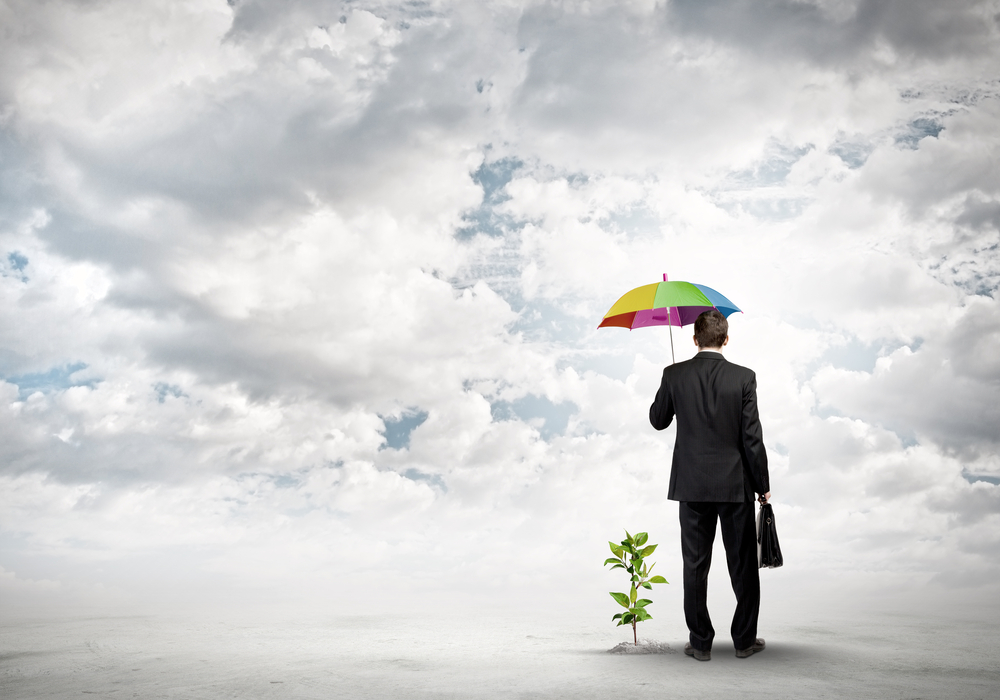Use these tips to make sure you're saving enough

How Much Should You Save for a Rainy Day?
"Make sure you save for a rainy day!" Your parents or grandparents probably gave you this advice at some point in your life, and perhaps a financial advisor has made the same recommendation—although phrased more eloquently. Saving for the future is always a good idea. But what is meant by saving for a rainy day, and how much should you save for such an occasion?
Rainy Day Funds Versus Emergency Funds
When people speak of "saving for a rainy day," they might be referring to one of two things.
They could erroneously be referring to an emergency fund, which is a substantial amount of money set aside to pay for surprise expenses, such as a large medical bill, car problem, or unexpected home repairs.
They could also be referring to a true rainy day fund, which is a fund set aside for smaller, sudden expenses that are important, although not necessarily emergencies. Say you suddenly realize you don't have enough work clothing that currently fits. You could use your rainy day fund to buy some new apparel. Maybe your carpet became stained; your rainy day fund could pay to have it cleaned.
Put simply, your rainy day fund is a smaller fund to cover out-of-the-blue, unplanned expenses. Your emergency fund is a larger fund to cover the big calamities that might otherwise have you taking out a loan or a second mortgage.
How Much Should You Save in Your Rainy Day Fund?
Now that we've established that a rainy day fund is a smaller account intended for surprises, not quite emergency expenses, we can look more closely at how much money that fund should contain.
If you're single, $500 is probably enough. If a problem costs more than $500 to fix, it is probably an outright emergency that you really should be dipping into your emergency fund to cover. If you have a partner or a family, you will want to save closer to $1,000. This ensures that if several people in the family have a "rainy day" at the same time, the funds will be there to cover it.
How Much Should You Save in Your Emergency Fund?
So what about your true emergency fund—the one some people erroneously refer to as a rainy day fund? That account should be larger. Most experts recommend saving between three and six times your monthly expenses in such a fund. This way, if you lose your job, you can use your emergency fund to get by until you're able to secure new employment.
How Can You Add to These Funds?
Since an emergency fund is more essential, make sure you add money to that fund first. Then you can start working on a smaller rainy day fund. Saving for the future is not as difficult as it might seem. You can try:
- Canceling one or more subscription services and, instead, deposit the money into your savings account.
- Taking on an extra gig or job, and adding the money earned to your account each month.
- Going out to eat less often, and, instead, contributing the funds to your savings account.
If you can add just $50 a month to your rainy day fund, you'll have a full $500 account within 10 months. The next time your shoes suddenly wear out or your tablecloth tears down the middle, you won't have to swipe a credit card or spend your actual emergency fund. Saving for the future is so worthwhile and will keep those rainstorms feeling more like sprinkles.





